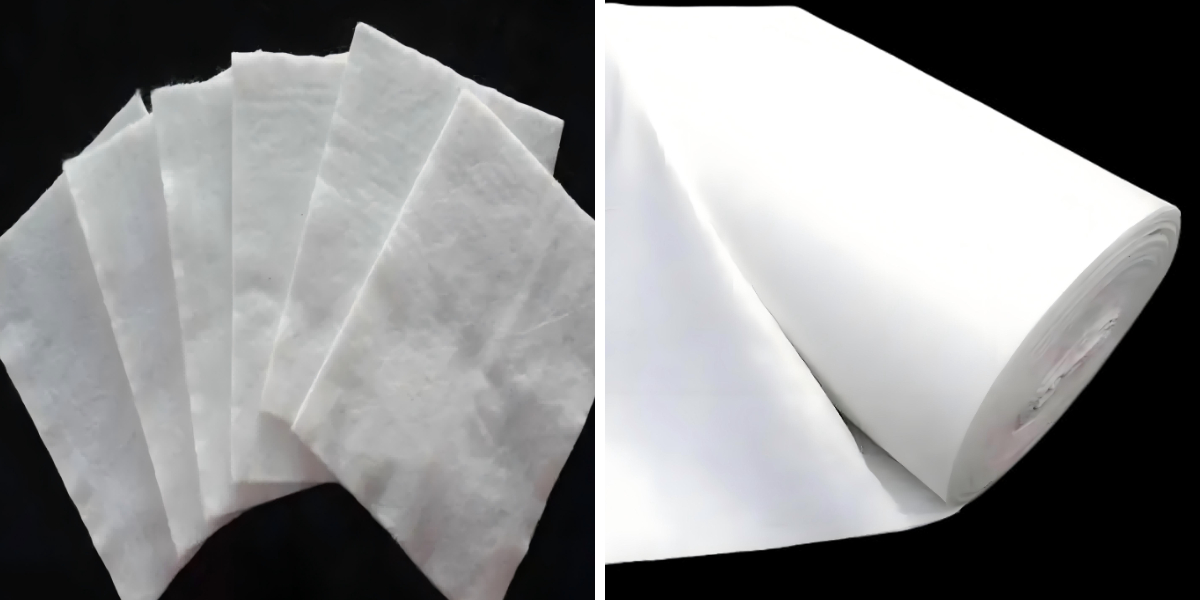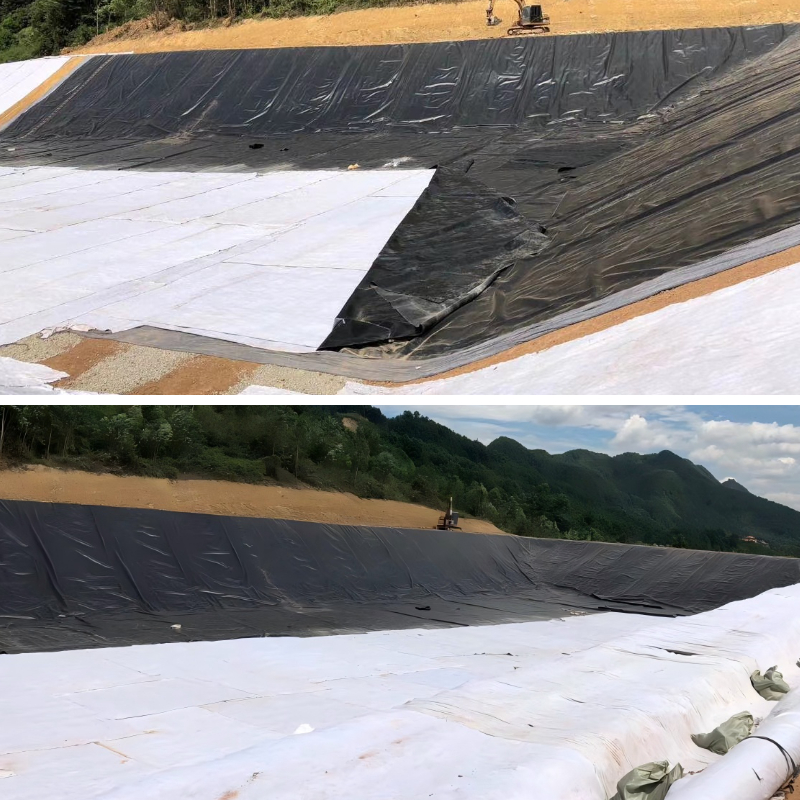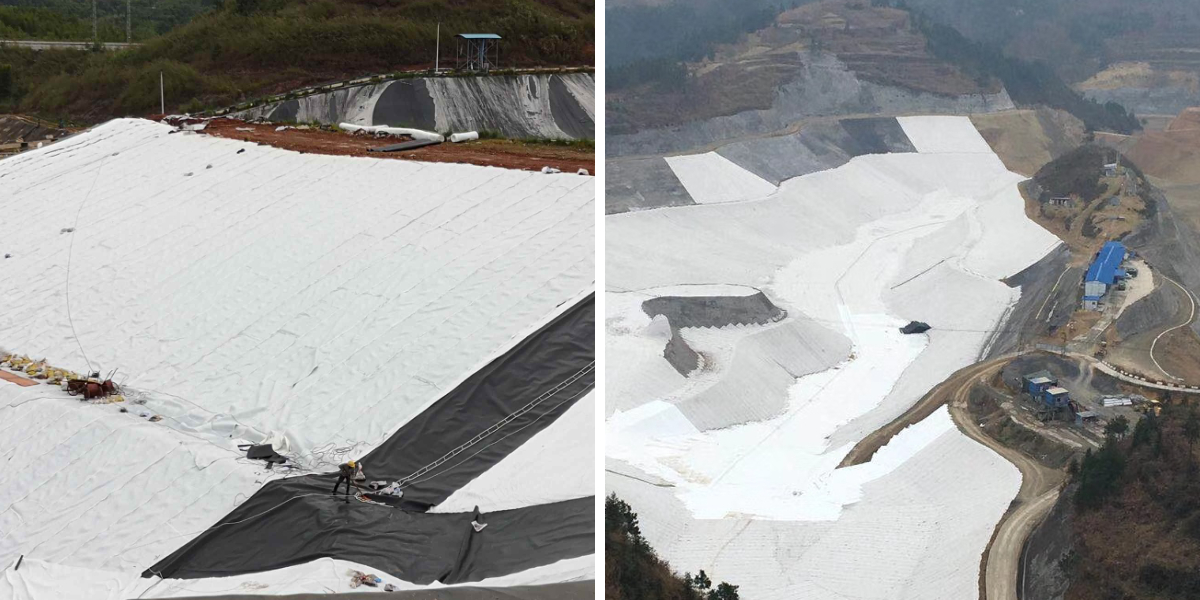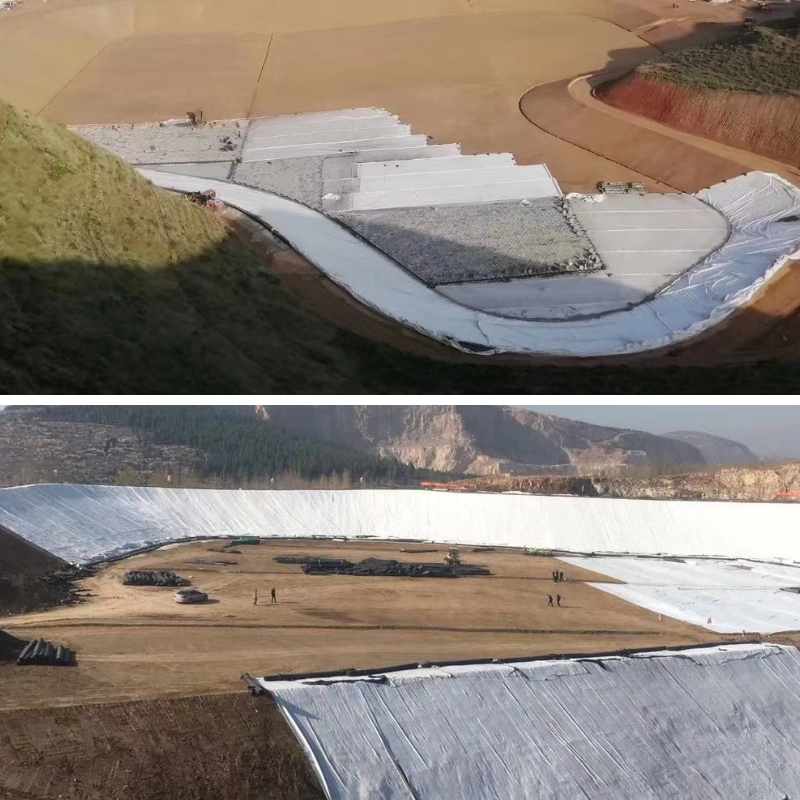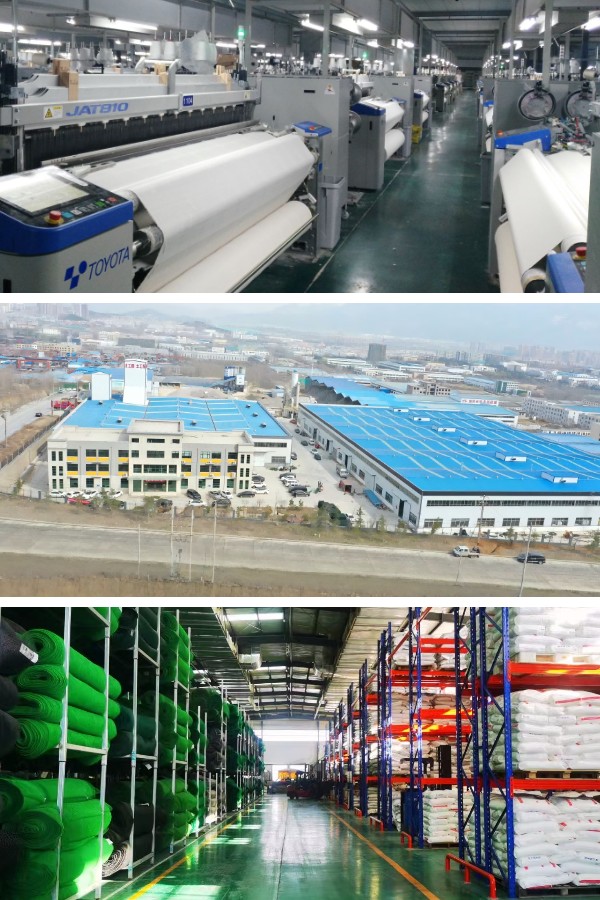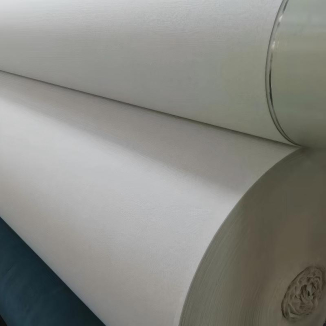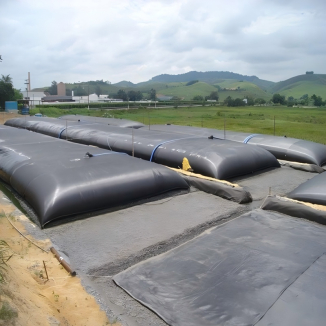Practical Tips to Control Geotextile Cloth Project Costs Without Cutting Quality
Introduction: Balancing Cost and Quality in Geotextile Projects
Geotextile material has end up an vital cloth in civil engineering, construction, and environmental projects—from avenue base stabilization and erosion manipulate to drainage structures and landfill liners. While each challenge pursuits to remain inside budget, reducing corners on geotextile great can lead to pricey rework, failures, and environmental risks. The key lies in clever cost-control techniques that hold performance whilst optimizing expenses. In this guide, we’ll share 4 actionable hints to manipulate geotextile venture prices effectively, making sure your venture stays on price range besides compromising on sturdiness or functionality.
1. Choose the Right Geotextile Type: Avoid Over-Specification
The first step to fee manipulate is deciding on the geotextile cloth that flawlessly suits your project’s needs—no more, no less. Over-specifying (choosing a higher-grade geotextile than required) is a frequent mistake that inflates expenses unnecessarily, whilst under-specifying dangers untimely failure.
How to Select Wisely
Assess undertaking requirements: Define core wishes like tensile strength, permeability, UV resistance, and abrasion resistance. For example, a residential driveway solely wants a light-weight non-woven geotextile for soil separation, whilst a toll road base requires a high-strength woven geotextile for stabilization.
Understand geotextile categories: Non-woven geotextiles (needle-punched, spunbonded) are low-cost for filtration and separation, whilst woven geotextiles provide greater energy for load-bearing applications. Composite geotextiles (combining non-woven and woven layers) are best for complicated initiatives however come at a premium—only use them if your mission needs twin functionality.
Consult with engineers: Work with a geotextile professional to validate your selection. They can assist you keep away from over-engineering (e.g., deciding on a four hundred GSM geotextile material when 200 GSM suffices) and make certain compliance with nearby standards.
By matching the geotextile’s houses to your project’s precise demands, you do away with pointless charges whilst keeping the fantastic required for long-term performance.
2. Optimize Procurement: Secure Quality Geotextile at Competitive Prices
Procurement is a imperative factor for price control—securing magnificent geotextile material at the first-class feasible rate requires strategic planning and negotiation. Cutting charges right here doesn’t imply sacrificing quality; it skill keeping off inefficiencies and leveraging market opportunities.
Procurement Best Practices
Buy in bulk: Most suppliers provide extent reductions for massive orders. If your mission has phased construction, coordinate with the provider to buy all required geotextile upfront (or in massive batches) to lock in decrease prices.
Compare a couple of suppliers: Don’t settle for the first quote. Request bids from 3–5 official suppliers, making sure every quote specifies geotextile fabric grade, certification (e.g., ISO, ASTM), and transport terms. Avoid suppliers supplying suspiciously low prices—they might also supply substandard geotextile that fails prematurely.
Skip middlemen: Purchase without delay from producers or licensed distributors. Middlemen add markup that will increase expenses except bettering quality. Direct buying additionally lets in you to confirm the geotextile’s beginning and great manage processes.
Negotiate transport terms: Shipping prices can add 10–15% to the whole geotextile fabric expense. Negotiate free or discounted delivery, or pick out a nearby dealer to minimize transportation costs and lead times.
By optimizing procurement, you can tightly closed top-tier geotextile at a decrease cost, retaining your mission finances intact.
3. Improve Installation Efficiency: Minimize Waste and Rework
Installation blunders and cloth waste are primary fee drivers in geotextile projects. A well-planned set up procedure reduces waste, avoids rework, and maximizes the overall performance of your geotextile cloth—all whilst retaining fees underneath control.
Installation Cost-Saving Tips
Prepare the web page properly: Geotextile fabric performs excellent on a smooth, debris-free surface. Clear the place of rocks, roots, and sharp objects earlier than set up to forestall punctures. Poor web page instruction leads to geotextile damage, requiring steeply-priced repairs or replacement.
Cut geotextile accurately: Measure the set up location exactly and reduce geotextile fabric to in shape snugly. Avoid over-cutting (which wastes material) or under-cutting (which requires splicing, including labor and fabric costs). Use laser measures or pre-marked templates for large-scale projects.
Hire skilled installers: Skilled crews deploy geotextile efficiently, minimizing waste and making sure suitable placement. Inexperienced installers may additionally stretch the geotextile too tightly (causing tears) or go away gaps (creating susceptible points). Invest in educated specialists to keep away from expensive mistakes.
Optimize seam handling: For woven geotextile, use thermal welding or mechanical fasteners that create strong, leak-proof seams. Poorly sealed seams lead to undertaking disasters and rework. Train the crew on appropriate seam strategies to make sure durability.
Efficient set up no longer solely saves on geotextile material fabric charges however additionally reduces labor time and the threat of future repairs.
4. Prioritize Long-Term Maintenance: Extend Geotextile Lifespan
Neglecting protection can shorten the geotextile’s lifespan, forcing early substitute that blows the budget. Proactive preservation is a low priced way to prolong the existence of your geotextile cloth, making sure it performs optimally for years.
Maintenance Strategies to Reduce Costs
Conduct everyday inspections: Schedule month-to-month (or quarterly) tests to pick out small troubles (e.g., minor tears, particles buildup) earlier than they escalate. For example, a small puncture in geotextile used for erosion manipulate can be repaired with a patch for $50, however if left unaddressed, it may also lead to soil erosion and $5,000 in remediation costs.
Clean as needed: Remove particles (e.g., branches, dirt) from the geotextile floor to stop clogging (for filtration applications) or abrasion. Clogged geotextile loses permeability, requiring replacement—avoid this with simple, ordinary cleaning.
Protect geotextile from harsh conditions: For outside projects, use UV-stabilized geotextile fabric (already phase of nice selection) and cowl it with soil, mulch, or mixture directly after set up to minimize UV exposure. For industrial projects, keep away from exposing geotextile to corrosive chemical substances past its rated resistance.
Document renovation activities: Keep information of inspections, repairs, and cleaning. This helps music the geotextile’s situation over time, permitting you to graph for alternative (if needed) barring emergency costs.
Proactive protection charges a long way much less than changing broken geotextile, making it a key approach for long-term price control.
Conclusion: Cost Control Without Compromise
Controlling geotextile material challenge charges doesn’t require sacrificing quality—it requires strategic selections throughout selection, procurement, installation, and maintenance. By selecting the proper geotextile type, optimizing procurement, enhancing set up efficiency, and prioritizing maintenance, you can maintain your undertaking on price range whilst making sure the geotextile performs reliably for years.
Remember: The most inexpensive geotextile isn’t continually the most cost-effective. Investing in great geotextile and clever cost-control practices avoids the hidden expenses of failure, rework, and early replacement.
Contact Us
Company Name: Shandong Chuangwei New Materials Co., LTD
Contact Person :Jaden Sylvan
Contact Number :+86 19305485668
WhatsApp:+86 19305485668
Enterprise Email: cggeosynthetics@gmail.com
Enterprise Address: Entrepreneurship Park, Dayue District, Tai 'an City,
Shandong Province


